Affordable Alternative Homes
For most of us, owning a home is the ultimate dream. However, it cannot be denied that traditional houses can be very expensive. That could entail a sizable monthly payment in addition to the costs of insurance and other homeowner expenses.
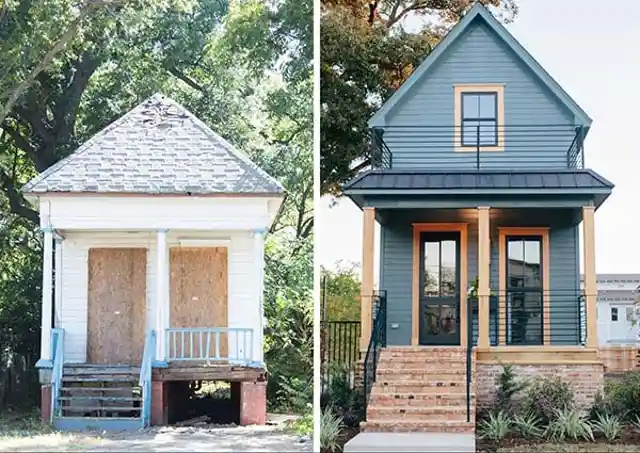
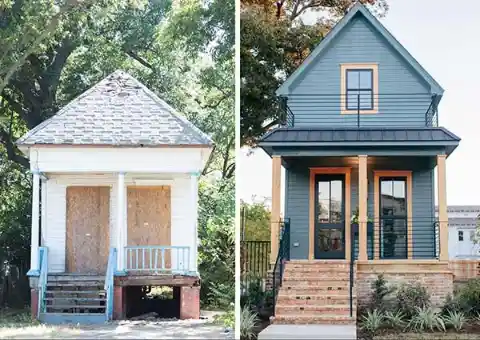
Owning your own home may seem like a distant dream as a result, but don't give up. Alternative house designs provide a more cost-effective choice. They might also make your life easier, allowing you to semi-retire earlier than you anticipated.
You could move into your own house right away with a little creativity and preparation. Below, you'll find a list of our top unconventional home design concepts.
Container homes
International shipping containers, which are widely accessible, are used as the building's outer shell in container homes. The weather-tight shipping container shell serves as the roof and exterior walls of your home rather than constructing a frame and adding cladding material.
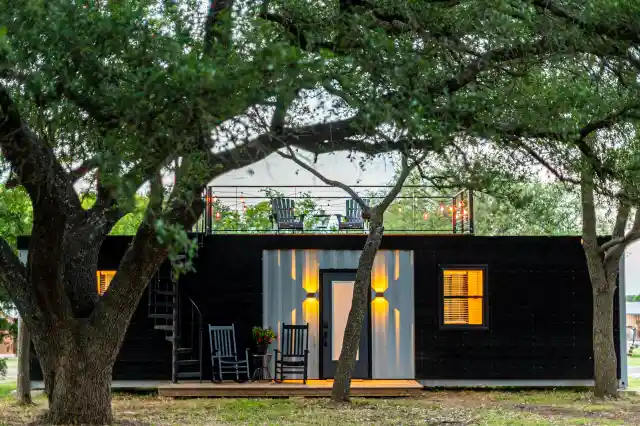
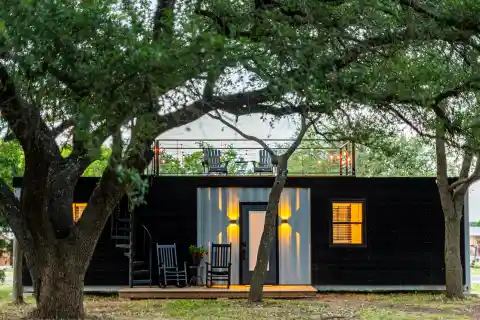
The internal space of a single 40' shipping container is just under 300 square feet, or about the same size as the typical tiny house. The containers are reasonably priced and made to withstand anything nature can dish out.
Earthships
Earthships are typically constructed out of salvaged and recycled materials. They are designed to be independent, self-sufficient structures. They can be built anywhere in the world and offer portable electricity, sewage treatment inside walls, and sustainable food production.

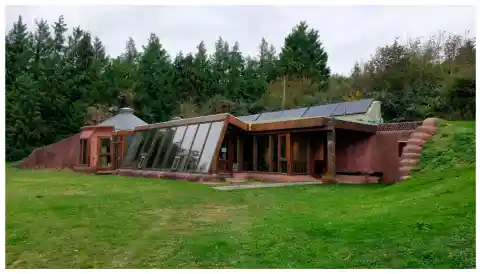
Earthships typically make use of surplus and recyclable materials like tires and bottles. Earthships use the best environmentally friendly materials and take into account both efficiency and functionality as well as the environment, as opposed to using conventional carbon-heavy materials.
Pallet homes
These houses were created as an accessible option for housing during natural disasters. The eco-friendly features of wood-pallet housing, however, also allow for the creation of something more long-lasting.
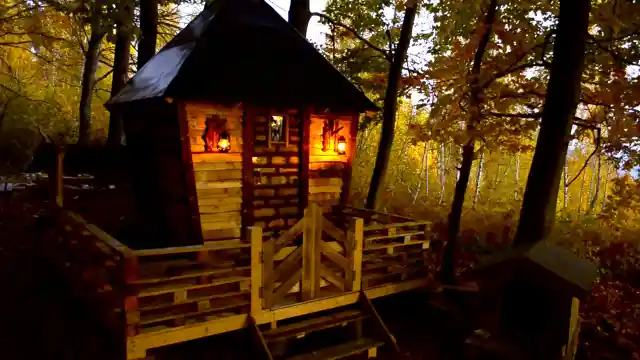
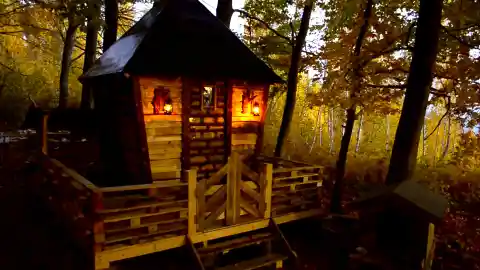
Pallets made of wood are readily available and very inexpensive to procure. A distinctive, contemporary, and energy-efficient home can be built using this material because it is reusable, simple to recycle, and simple to combine.
Cob homes
Cob is a clay combination that has been utilized for ages all over the world. Cob may be used to build the walls and foundation of a house. Cob houses are often built by the homeowners themselves, so get ready for physical labor. Cob building is strong, sustainable, compact, and has a distinctive appearance.
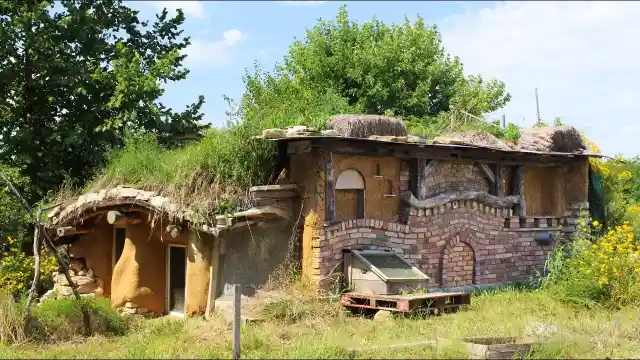
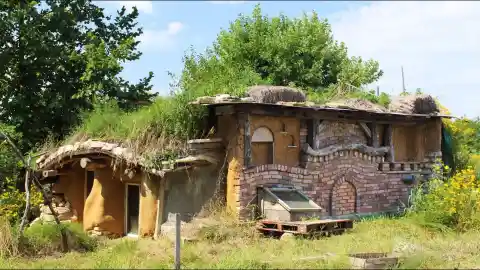
Cob may be used for modest projects like sheds and garden walls or in conjunction with other building techniques or supplies to create a contemporary house. Cob homes, like small homes and shipping container homes, are uncommon in most places and could be challenging to get a mortgage for.
RV homes
During the epidemic, recreational vehicle use increased as individuals yearned to escape their confinements and hit the open road. An RV may be a cost-effective housing alternative in addition to satisfying your wanderlust. Although new RVs are expensive, secondhand ones can be found for around the same amount as a used automobile.
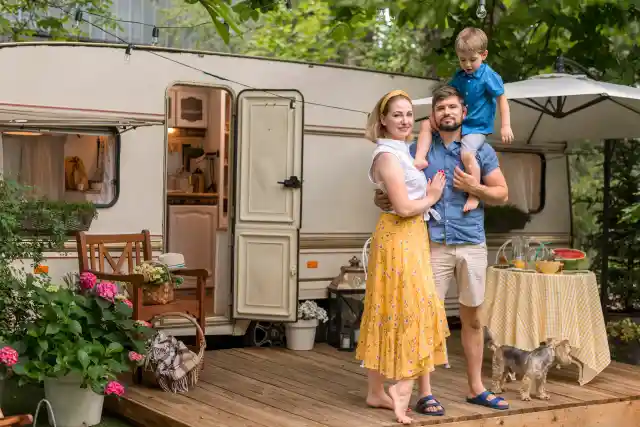
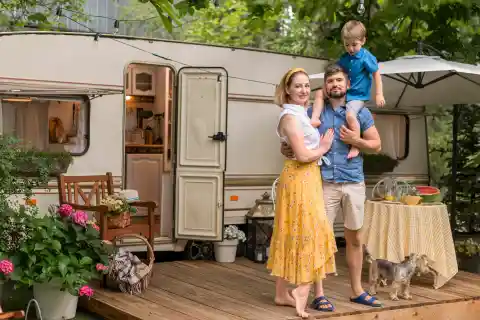
The sensation of independence, particularly financial freedom, may be worth it despite their sometimes cramped confines and the frequent need for parking, especially if you enjoy the outdoors. Even while it might not be a permanent change, it might temporarily ease the strain on your finances.
Skoolie
A skoolie is a repurposed school bus that has been transformed into a stunning leisure vehicle. Whatever changes you make can be made to it. And if you perform the majority of the work yourself, you can accomplish it on a budget.

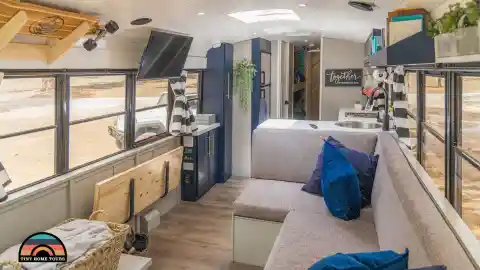
A modified school bus costs less than an RV. A secondhand school bus may cost anything from $3,000 to $10,000. The largest expensive component is interior remodeling. Also, you don't need to own land to choose this choice. Parking can be a problem, so research parking options beforehand, including national parks and a friend's spacious property.
Yurt
A yurt is a circular tent that resembles a small house in size. As a primary housing choice, they are gaining popularity. Modern yurts can have quite stunning designs and are constructed with excellent stability and energy efficiency.
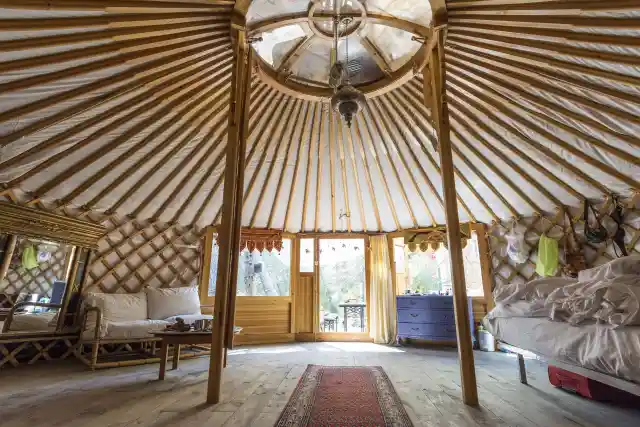
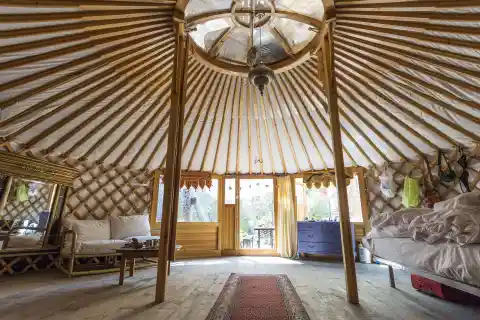
With complete kitchens, baths, and porches, modern yurts are structurally sound and may be extremely opulent. Yurts are also strong and environmentally friendly.
Prefabricated homes
Prefabricated houses are constructed off-site, delivered to your land, and put together there. To make the home unique, you can choose from the layouts and materials offered by the builder. Prefabricated or modular homes are cheaper since the design options are limited and the home is constructed in panels off-site.
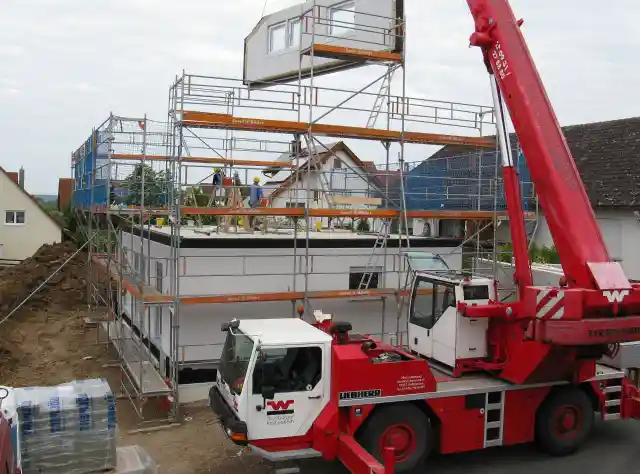
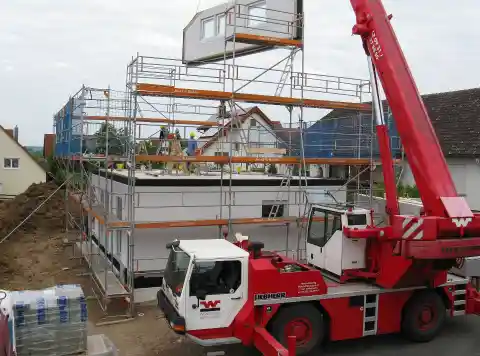
Although improvements to the home's design and renovations are possible, they are expensive. With inexpensive style in mind, prefabricated homes aren't cheap; they're only less expensive than an on-site build. Prefabricated dwellings can be built more quickly and sustainably than those built on-site.
Treehouses
You might have had a childhood fantasy of having your own tree home. In fact, many do it these days. Across the world, beautiful homes in trees have been built by both professional and novice carpenters. Some of them even have numerous stories and all the contemporary conveniences you would want.
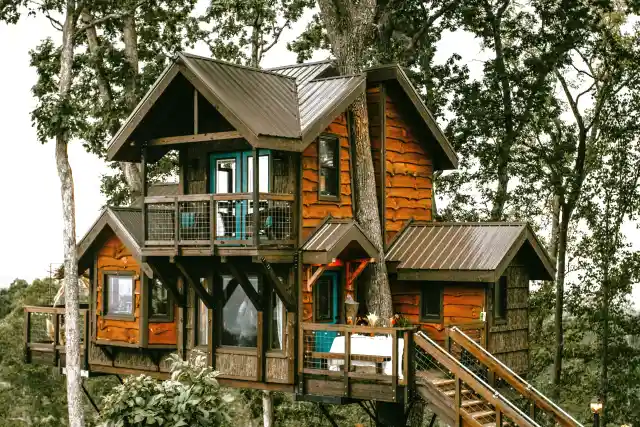
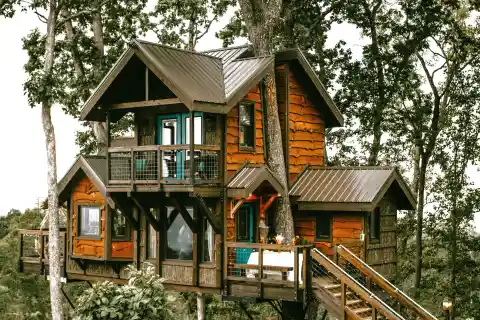
Some designers take it a step further by creating a treehouse known as a free spirit sphere. These things resemble enormous wooden balls that are strung from lofty trees. Access will be provided via a ladder or stairway, but they will wobble like a free-hanging structure.
Houseboats
Houseboat is another alternative option. You can buy a used houseboat for as low as $40,000. You only need to pay for the slip rental. Where you choose to reside will have no bearing on the cost of your rented space.
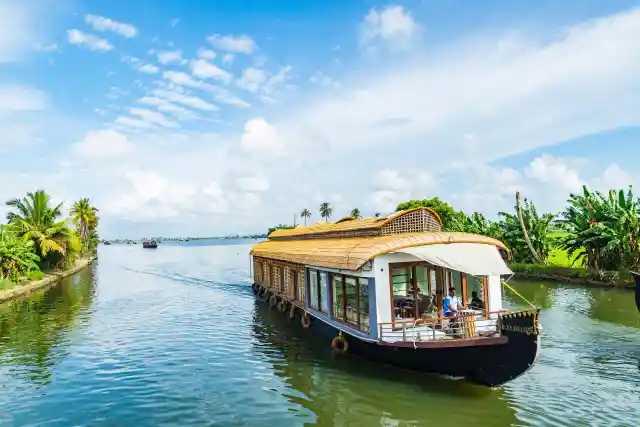
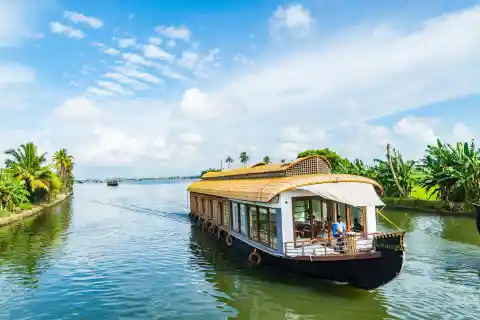
Everything you would expect is included in modern houseboats, including contemporary amenities and appliances. The distinction is that you spend a fraction of the cost of a standard home. Traveling abroad is possible thanks to how movable your house is.
Towable tiny homes
Tiny homes are increasingly prevalent in media, including TV series and social media feeds. The phrase refers to small homes that are often no larger than 600 square feet, and many of them are as little as 225 square feet.
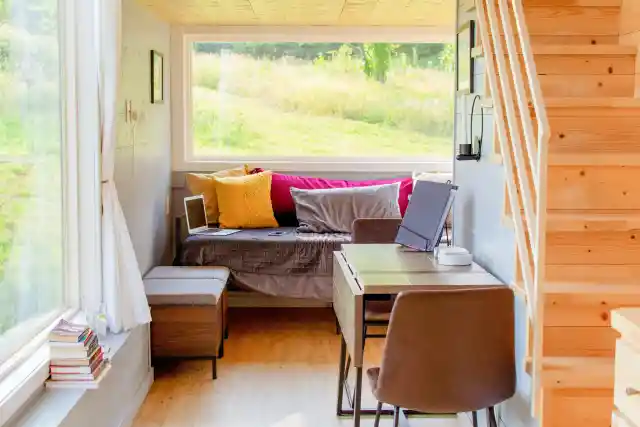

A small home offers a more affordable solution and trendy design possibilities if you don't have enough money for a down payment on a conventional home. You don't need to look for parking, unlike an RV. To provide you with the power and clean water you need, newer small homes have solar roofs and rainwater collection systems.
Silo home
Abandoned silos are being converted into fantastic houses by creative builders who add stairs, appliances, and other features. In some cases, two silos can be joined together to get extra square footage.
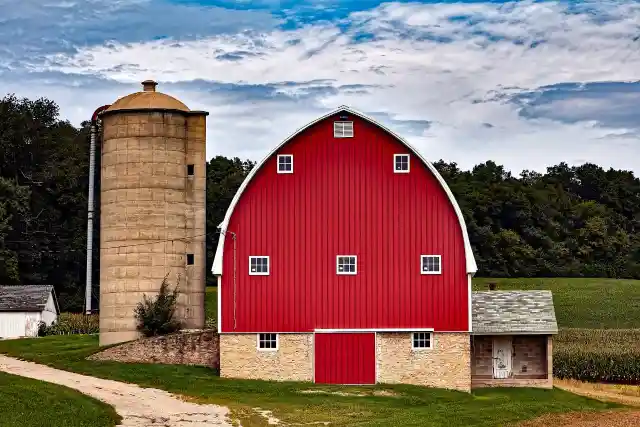

The lack of clearly defined corners might at first be unsettling, but silo homes provide a singular living environment that is unmatched by anything else.